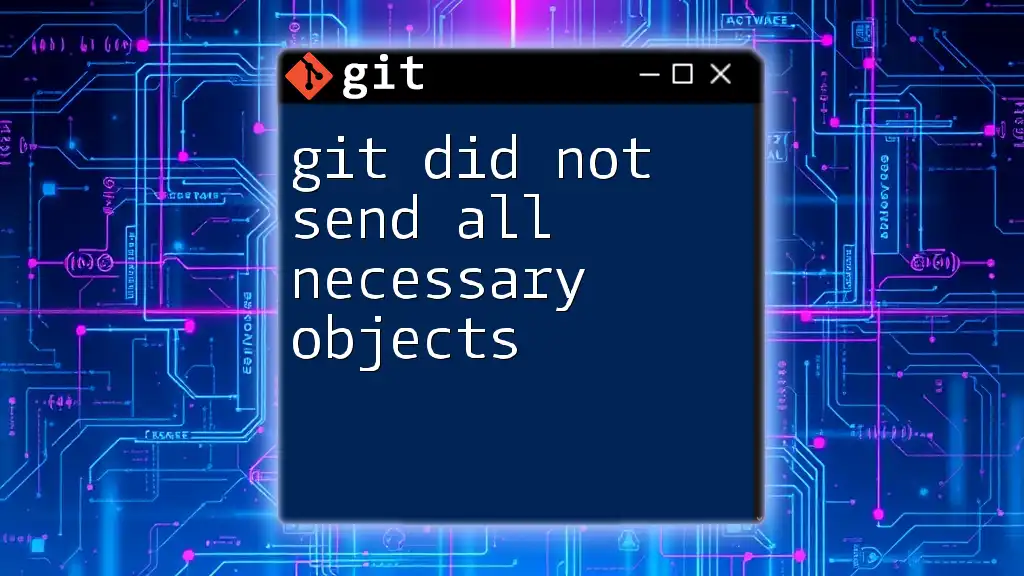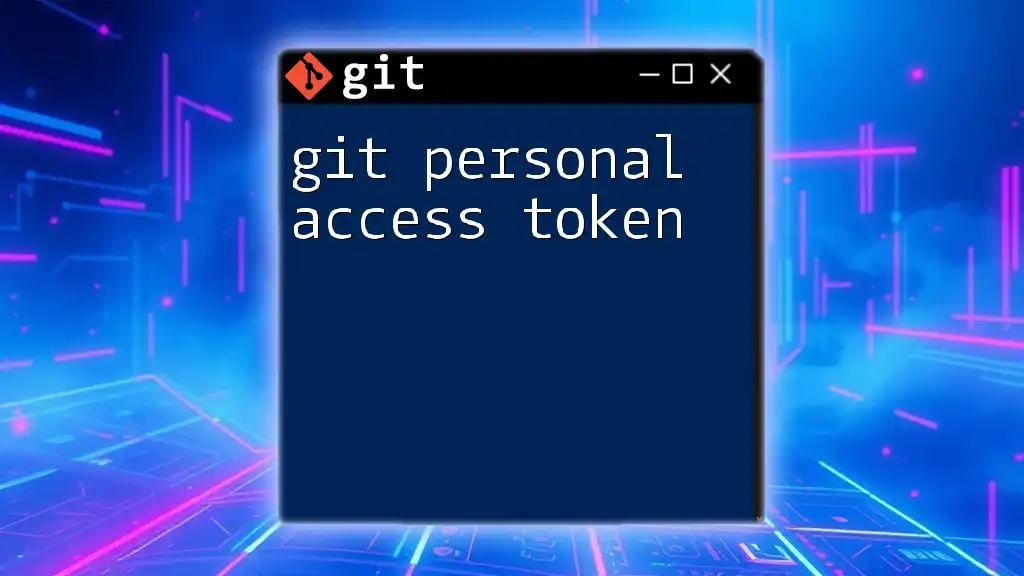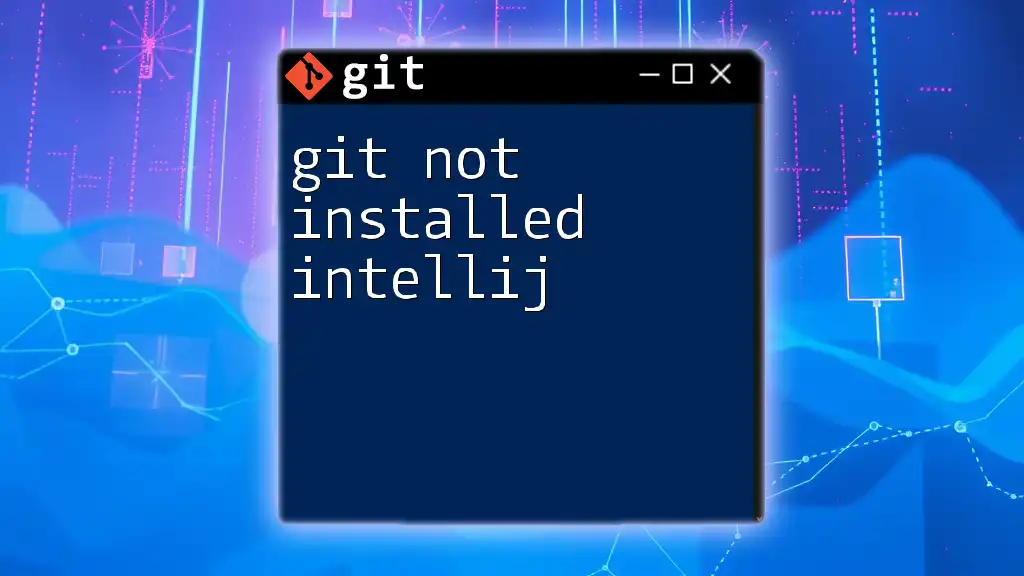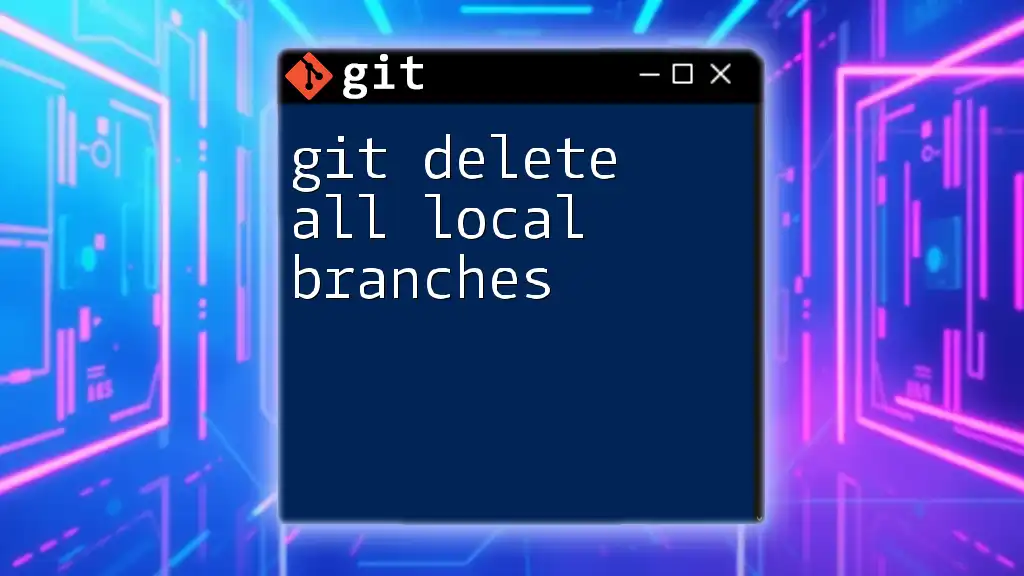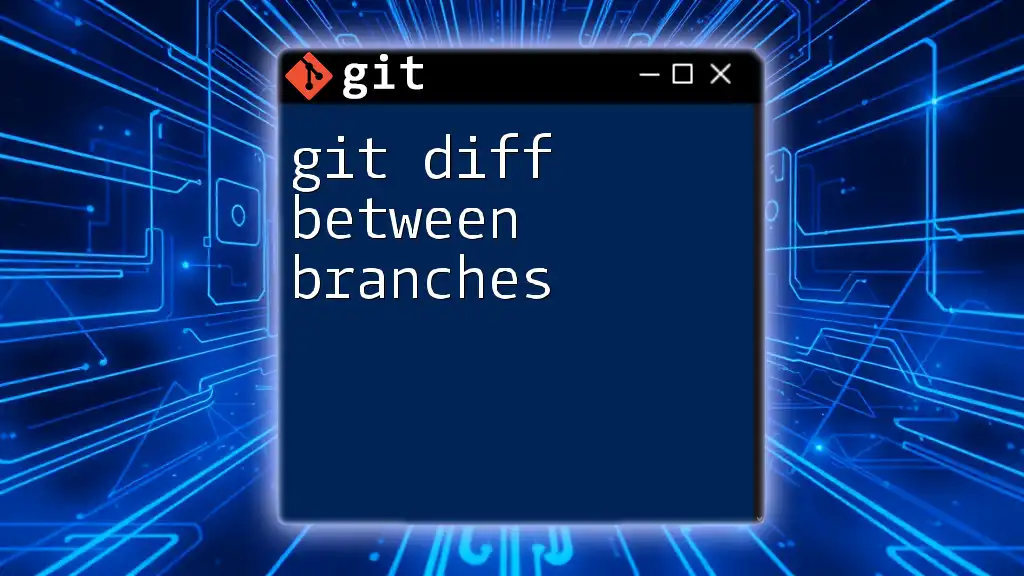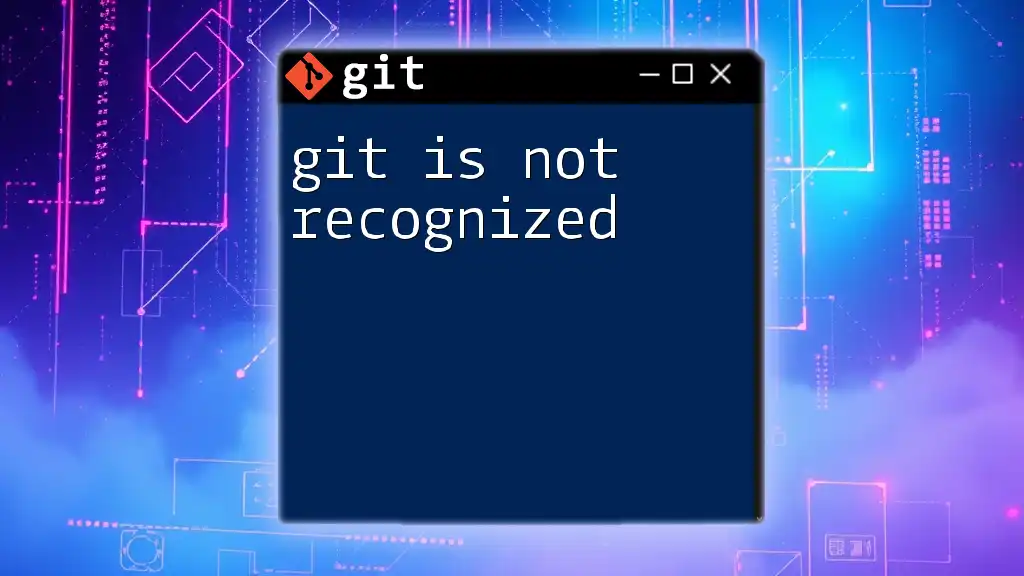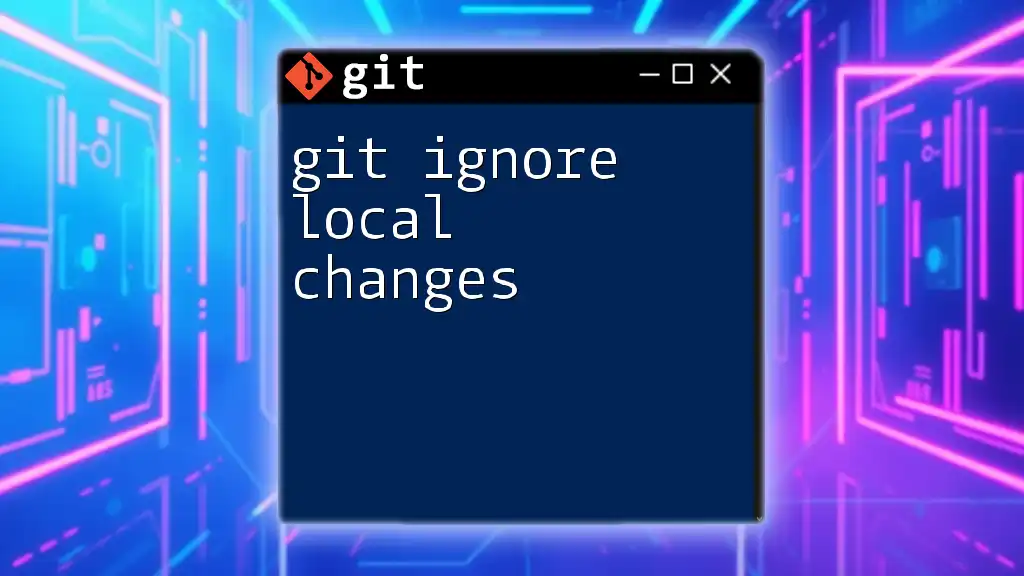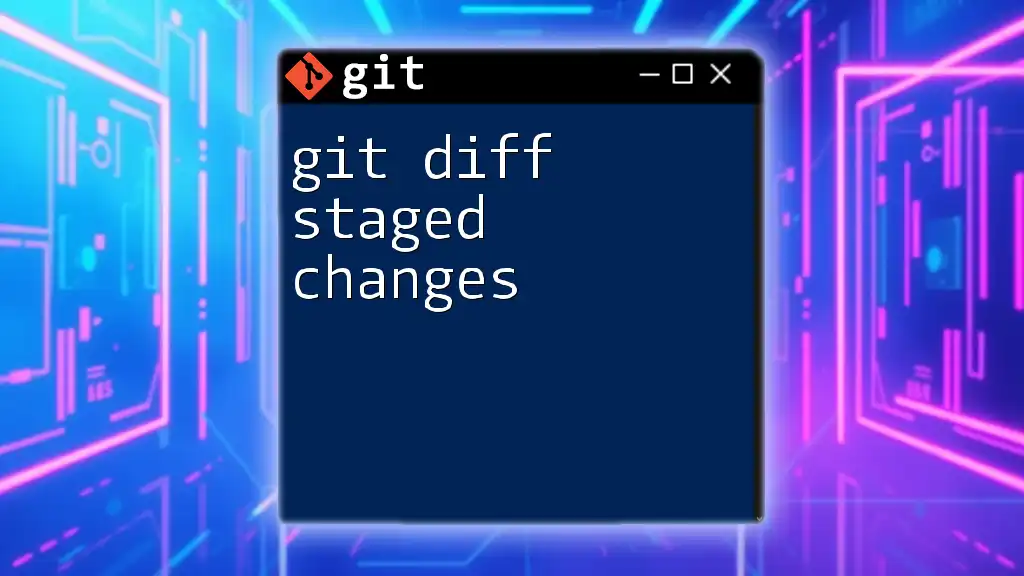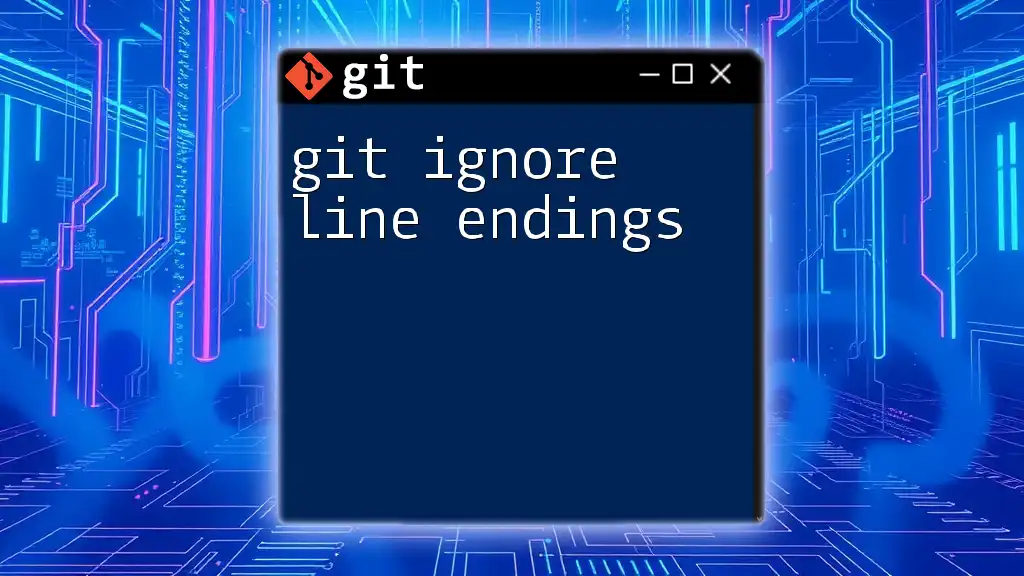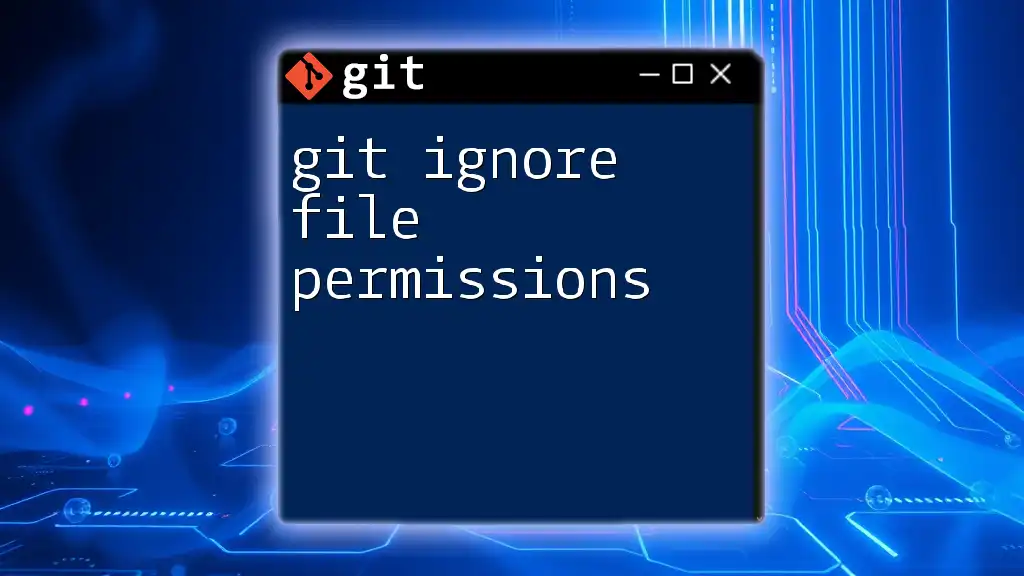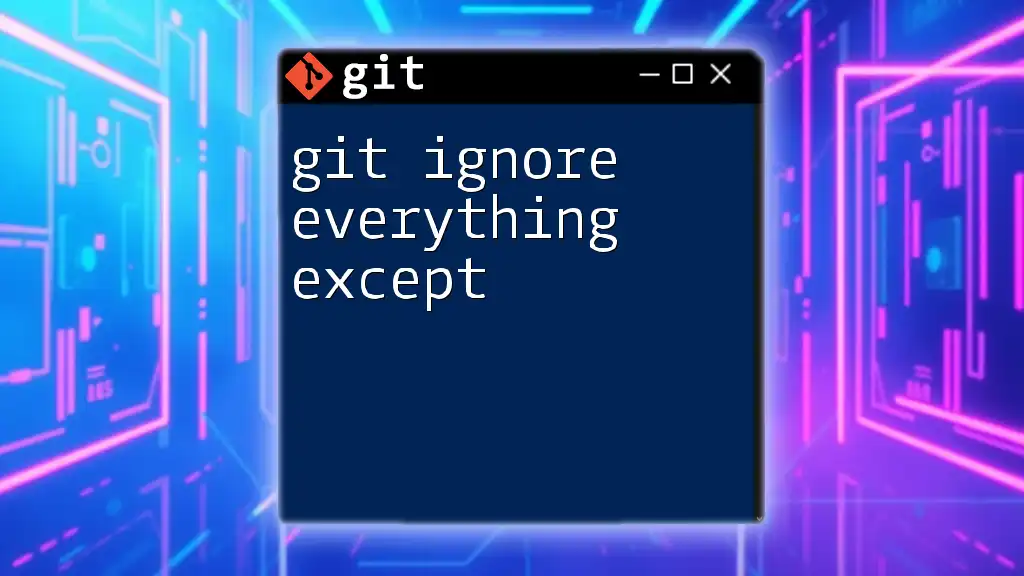The error "git did not send all necessary objects" typically occurs during a push when some objects (commits or files) are missing, indicating a potential issue with your local repository or its connection to the remote.
git fetch --all && git push origin branch-name
Understanding Git and Objects
What is Git?
Git is a powerful distributed version control system that allows developers to track changes in their codebase efficiently. It enables collaboration among multiple team members by keeping a complete history of changes, facilitating effortless merging of contributions. Understanding the mechanics of Git is essential for leveraging its benefits in software development.
Exploring Git Objects
Types of Git Objects
In Git, everything is represented as an object. The primary types of Git objects include:
- Blobs: These are the basic units of storage in Git. A blob stores the content of a file. Each file in your repository is represented by a blob object.
- Trees: Trees are used to represent directories. They maintain the structure of the project and map file names to blobs (files) or other trees (subdirectories).
- Commits: A commit points to a snapshot of the project at a particular time. It contains metadata such as the author, timestamp, and a reference to a tree object, which represents the state of the directory.
- Tags: Tags mark specific points in the project history, often used for releases.
The Concept of Object Storage
Git manages and references these objects with a unique SHA-1 hash, which ensures integrity and consistency across the repository. Each commit points to its parent commit and the associated tree and blobs, creating a linked history that is maintained across clones, making it a robust solution for version control.
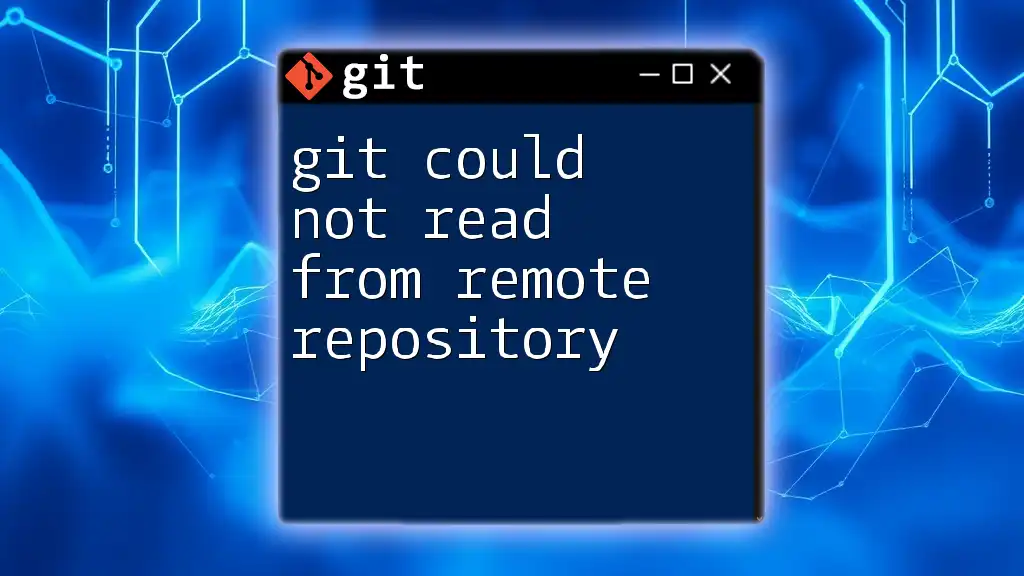
The Error Explained
What Does "Git Did Not Send All Necessary Objects" Mean?
The error message "git did not send all necessary objects" typically arises during operations like push or pull. It signifies that not all required objects (blobs, trees, or commits) associated with a branch are present in the local repository, preventing Git from completing the operation successfully.
Common Causes of the Error
- Repository Corruption: This can occur if the local repository is damaged, leading to missing or inconsistent object references.
- Incomplete Push: Attempting to push a branch that has references to commits that do not exist on the remote can trigger this error.
- Different Versions: A mismatch between the local and remote repositories, often due to the local repository being outdated or altered improperly, can cause discrepancies.

Diagnosing the Problem
Checking Local Repository Integrity
To diagnose issues within your local repository, you can run the following command:
git fsck
This command checks the integrity of the local repository by verifying the existence of referenced objects. Pay attention to the output, as it will highlight any missing or corrupted objects, which are the root causes of the error.
Verifying Remote Repository Objects
To ensure that all objects in your local repository exist in the remote, you can use the following command:
git show-ref
This command lists references in the local repository, allowing you to confirm that the needed commits and branches exist and are correctly referenced.
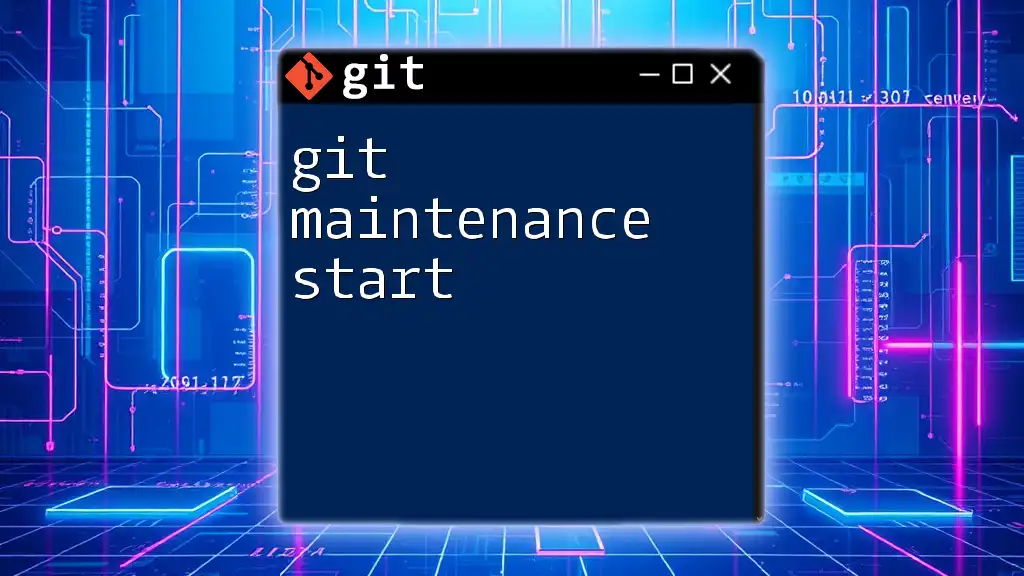
Solutions to the Error
Resolving Repository Corruption
If you discover that your local repository is corrupted, you can attempt to fix it using the `git repack` command, which consolidates loose objects into a compact representation. It can help recover missing or inconsistent objects:
git repack -a -d
This command tells Git to pack all objects into a single archive, potentially recovering the missing pieces that are necessary for successful pushes.
Ensuring All Objects are Pushed
When attempting to resolve the issue, ensure that all necessary objects are included in your push. To accomplish this, you can push all branches using the following command:
git push --all
This command ensures that every branch, along with all necessary objects, is sent to the remote repository.
Cloning the Remote Repository Again
If the above steps do not resolve the issue, consider recloning the repository entirely. This method is often the quickest way to ensure that your local state is aligned with the remote. Use the following command to clone the repository afresh:
git clone <repository-url>
By starting with a clean slate, you can circumvent any local corruption that may exist.
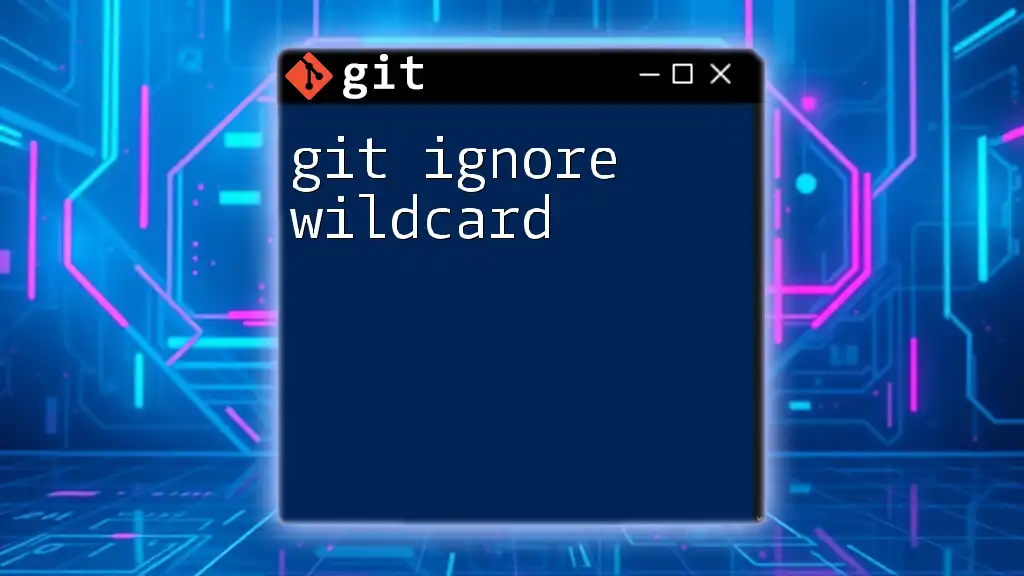
Best Practices to Avoid This Error
Regular Repository Maintenance
Establishing a regular maintenance routine can help prevent the "git did not send all necessary objects" error in the first place. Essential commands to include are:
git fetch --all
This command retrieves updates from the remote repository without merging them, keeping your local repository informed.
git gc
Running garbage collection cleans up unnecessary files and optimizes the local repository, reducing the likelihood of corruption.
Educating Team Members about Git
Another effective way to minimize errors is educating your team members about Git best practices. Understanding the implications of various commands and ensuring consistent workflows can mitigate misunderstandings that lead to issues.

Conclusion
In this guide, we have explored the "git did not send all necessary objects" error, its causes, and effective solutions. By understanding Git's object model and employing regular maintenance strategies, you can prevent this issue from arising in the future. By gaining familiarity with Git commands and workflows, developers can streamline their version control practices, ultimately enhancing collaboration and project efficiency. Don't hesitate to explore further resources and seek help as needed while mastering Git!

